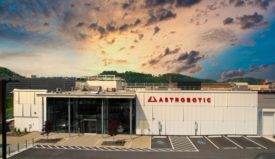Home » IMP (Insulated Metal Panels)
Articles Tagged with ''IMP (Insulated Metal Panels)''
Full Integration: The Building Enclosure of the Future
The Best Solution for Efficiency and Sustainability
August 8, 2022
Enhance your expertise with unparalleled insights.
Join thousands of building professionals today. Shouldn’t you know what they know?
SUBSCRIBE TODAY!Copyright ©2024. All Rights Reserved BNP Media.
Design, CMS, Hosting & Web Development :: ePublishing






.jpg?height=168&t=1675689750&width=275)


